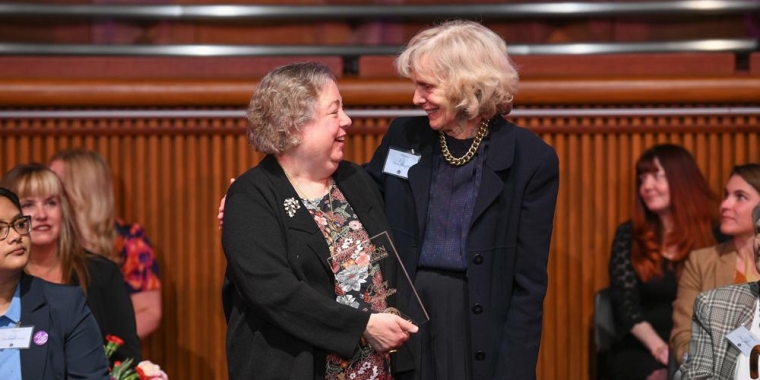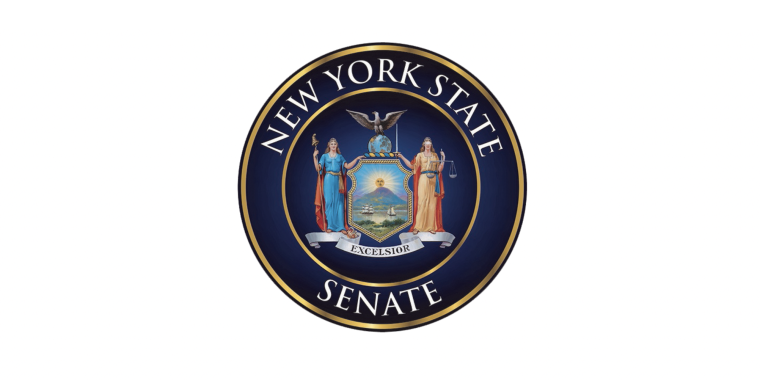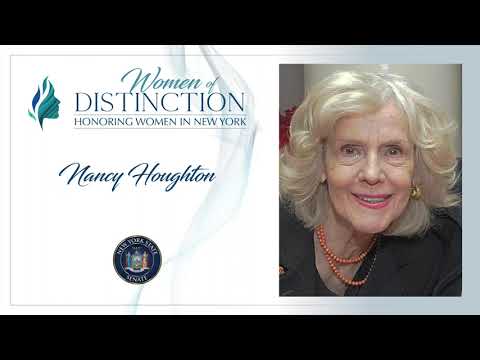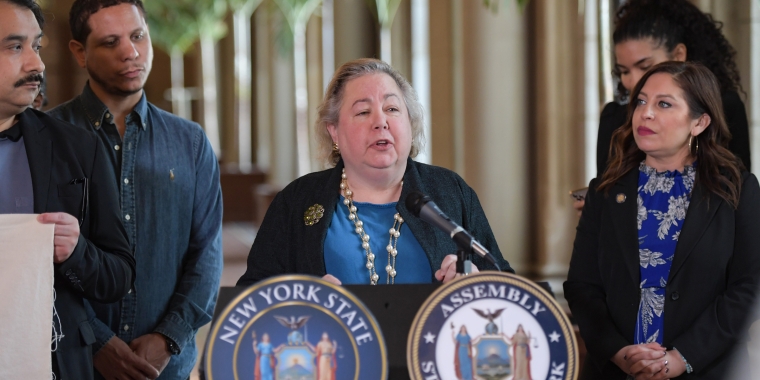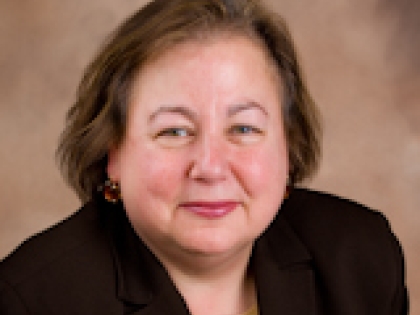
Testimony Before the New York State Public Service Commission Regarding the Supplemental Draft Generic Environmental Impact Statement (DGEIS) for the Con Edison Waterside Site on June 19, 2003
Liz Krueger
July 12, 2010
My name is Liz Krueger and I am the State Senator for the district in which the Con Edison Waterside site is situated. The residents of this neighborhood are faced with a potential development that is unprecedented in its magnitude and range of possible impacts on the community. As I emphasized in my testimony last September, it is imperative that you take the legitimate concerns of my constituents into account when evaluating the sale of this land.
Precisely for this reason, I am deeply troubled by the Public Service Commission’s decision to hold this hearing today, despite requests by Community Board 6 and city, state and federal elected officials to postpone the hearing in order to provide a reasonable amount of time to review the lengthy Supplemental Draft Generic Environmental Impact Statement. One month is simply not enough time to digest this complex document. By holding the hearing today, you are committing a disservice to both this project and this community by excluding many of the most vital participants of this process.
Because Community Boards are only authorized to act by resolutions passed by the full board, one month, even two months, is not enough time for the members of Community Board 6 to read the document, draft resolutions, hold committee meetings, and convene an emergency full board meeting. I should remind you that Community Boards were created by the New York City Charter, and one of their principle mandates is to participate in the land-use planning process. Community Board 6’s land-use committee has a professional planner and architect among its very experienced and knowledgeable members. More importantly, the members of this committee and the full board have a unique understanding of this neighborhood, and their participation should be embraced. In addition, there are civic groups and concerned area residents that offered valuable input in September’s hearing, who do not have time to evaluate this new document and present testimony today. I therefore request that you hold another set of hearings regarding this document in late September.
That said, I want to offer my preliminary comments, which will be expanded and submitted to the PSC before the July 15 deadline. I was pleased that you decided to incorporate other major projects, such as the Second Avenue Subway construction, FDR Drive rehabilitation, and a potential UN building on Robert Moses Playground, while expanding the scope of your traffic analysis. However, I have several overarching concerns regarding the Supplemental EIS analysis of these issues, which I feel is often inadequate, and at times, disingenuous.
In many instances, it seems as though the Supplemental EIS analysis of these other projects only functions to deflect responsibility and to obscure the actual impacts of the Waterside development. In reality, these separate projects will have aggregate impacts on the surrounding neighborhoods. Furthermore, when the document does acknowledge additional impacts, it consistently asserts that the same mitigation proposals suggested in the first EIS, many of which did not appear adequate at the time, would still address these exacerbated problems. Allow me to draw attention to some glaring examples:
Open Space
It has been established that the neighborhood surrounding Waterside is already dramatically underserved in terms of open space. Since the first DGEIS was published, we have learned that construction of the new UN building at Robert Moses Playground, as well as a Second Avenue Subway shaft site in St. Vartan’s Park, could reduce the amount of available public open space even more. While the Supplemental DGEIS acknowledges this daunting possibility, it argues that the 3 acres of new open space provided in the proposed development plans would therefore constitute a greater percentage of total open space in the study area, implying that area residents should be all the more grateful.
It is adding insult to injury to state that the open space to be created by FSM represents an improvement because the existing amount of open space may be diminished. I would hope that a significant deterioration of open space resources in the neighborhood would compel FSM to create more open space, both on and off their development site. This would enhance the quality of life for both existing and new residents.
Shadows and Visual Resources
The Supplemental DGEIS makes the case that the since the new UN building would also cast shadows onto Tudor City Park and block views of the Secretariat from several vantage points, the impacts of the proposed Waterside development are consequently diminished. Once again, I consider this kind of reasoning to be disingenuous and inadequate. The actual shadow and siteline impacts of the Waterside development would be even worse when considered in tandem with new UN building, and to shift the blame onto another building is to deflect responsibility and avoid an examination of the cumulative effect of the combined projects on the community. What the neighborhood truly faces is significant amounts of shading in scarce open space, caused by several new buildings.
Traffic
Since the Supplemental EIS incorporates the anticipated impacts of the extraordinarily disruptive Second Avenue Subway construction while extending the traffic impact analysis area, I was not surprised that it discovered the first EIS had underestimated the traffic volumes and failed to identify several impacted locations. I was, however, surprised that the EIS states that the additional impacts could be mitigated via the same set of measures proposed in the first EIS.
These generic measures, which the developer has no control over, include signal phasing, pavement markings, and enforcement of traffic and parking regulations. As I said last September, these measures will not mitigate the traffic caused by a development of this size and should not be accepted by the PSC, especially considering the findings of the Supplemental document. Considering the inadequacy of these proposals, and the fact that many intersections are conceded to be unmitigatable, the traffic analysis continues to raise serious issues with the proposed size of the project.
This project represents an opportunity for enlightened development that provides our community with housing, open space, and access to the waterfront. With these opportunities there is the potential to make costly mistakes. Overdevelopment runs the risk of negatively impacting traffic, open space, and school capacity, while casting shadows and aesthetically disrupting our visual resources. Once again, I ask the PSC not to proceed until Community Board 6 has an opportunity to weigh in, and to eventually attach conditions to the disposition of this land that protects the community from overdevelopment. Thank you for the opportunity to testify here today.
Share this Article or Press Release
Newsroom
Go to NewsroomSenator Krueger's May 2024 Update
May 30, 2024
